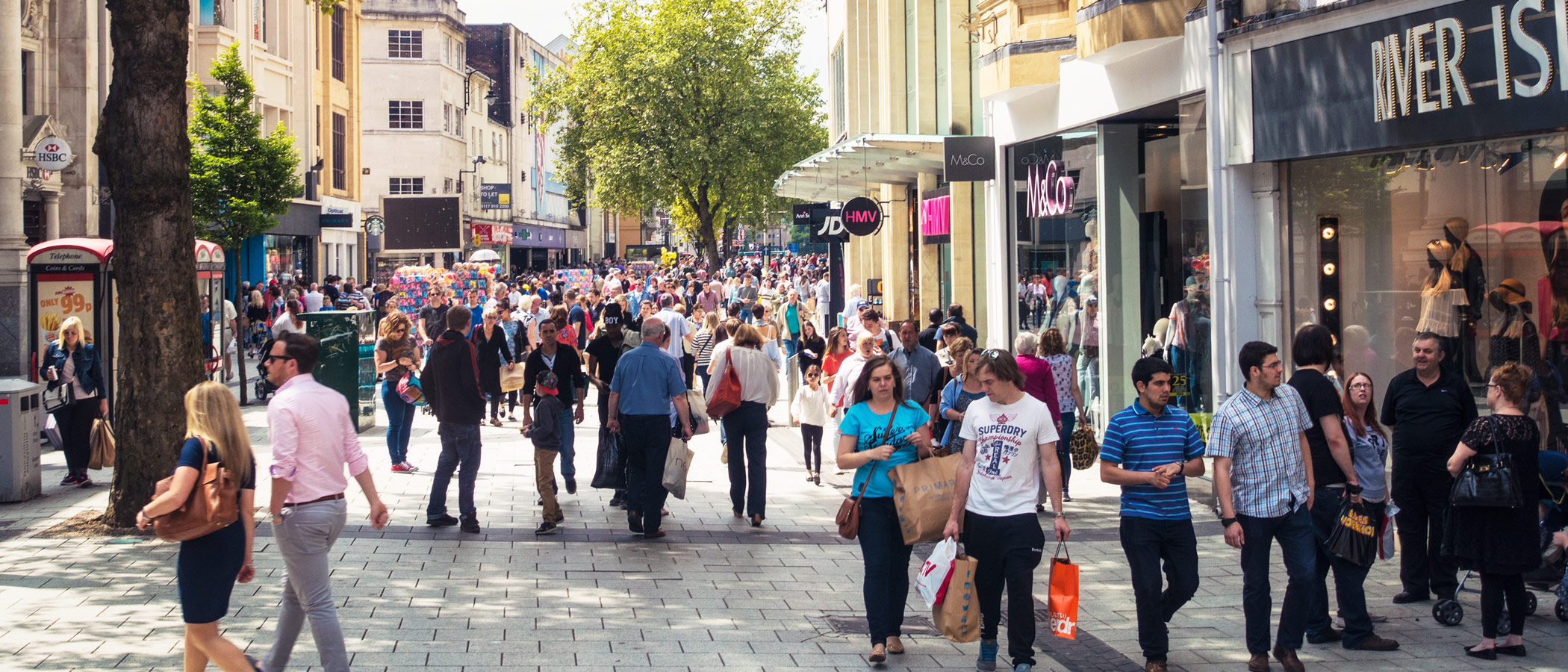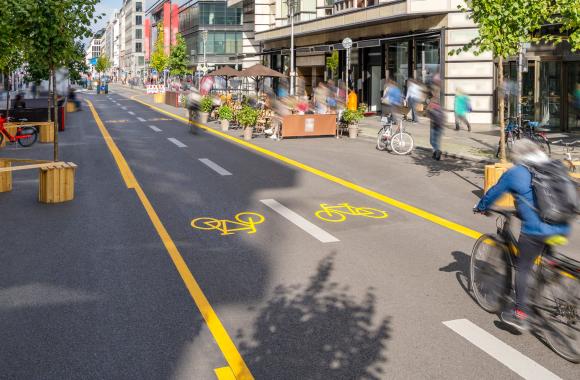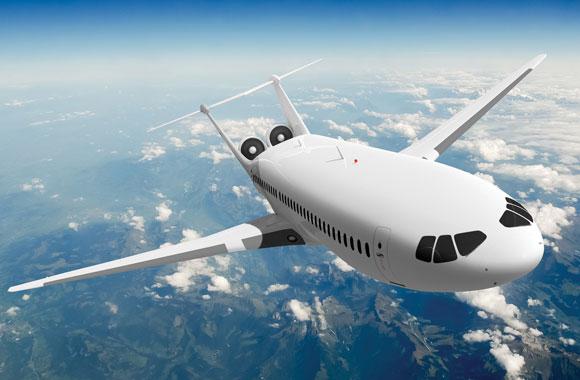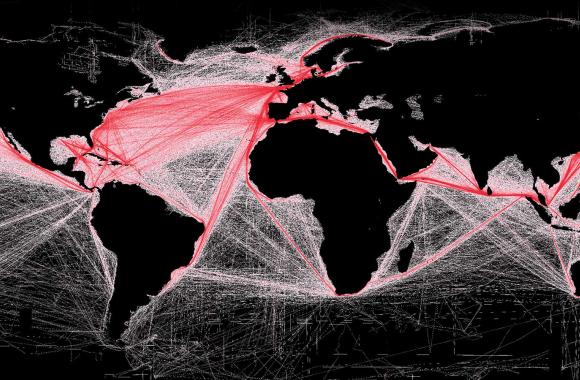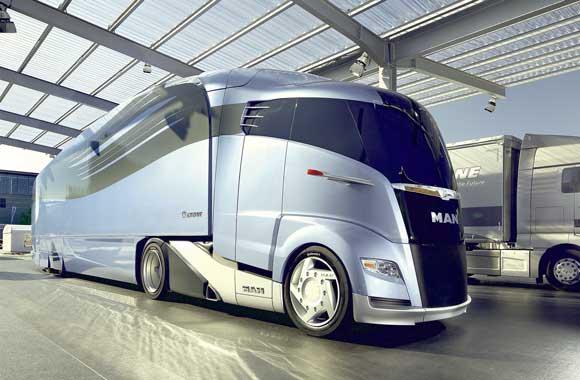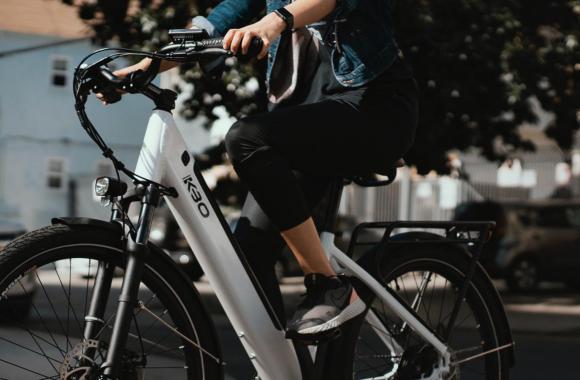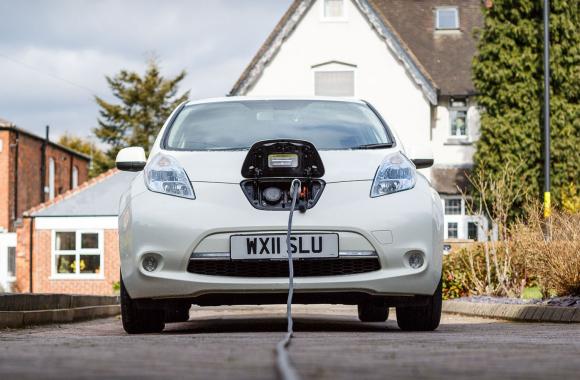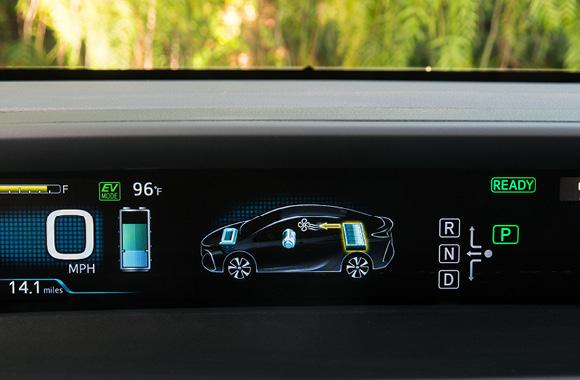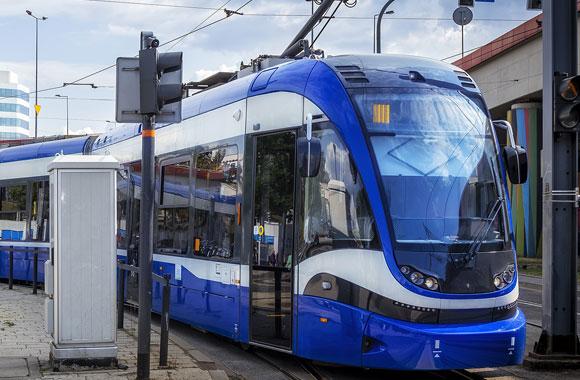Walkable Cities
Walkable cities use planning, design, and density to maximize walking and minimize driving. Emissions decrease as pedestrians take the place of cars.
Reduced/Sequestered
2020–2050
To Implement
Operational Savings
Impact
As cities become denser and city planners, commercial enterprises, and residents invest in walkability, 5 percent of urban mobility can be provided by foot instead of car by 2050. That shift could result in 2.83–3.51 gigatons of carbon dioxide equivalent greenhouse gas emissions and reduce costs associated with car ownership by US$3.18–3.94 trillion.
Introduction
Walking is the simplest, most sustainable, and cheapest medium of locomotion. In 2018, humanity walked 1,573 billion kilometers, or an average of 200 kilometers (130 miles) per person per year—barely seven minutes per day. We drive seven times as much as we walk. Walkability is still associated only with leisure and recreation in most urban projects around the world. However, the notion of walking as sustainable urban mobility is increasing.
Project Drawdown’s Walkable Cities solution involves increasing walking by designing and retrofitting urban environments to encourage walking for transportation. This solution replaces the conventional practice of driving internal combustion engine (ICE) cars in cities.
The seven dimensions of the built environment—demand, demographics, density, design, destination, distance, and diversity—are all key drivers of walkability. These seven variables are highly interrelated and are challenging to model independently. Because there is insufficient measurement of all variables for large numbers of cities, this analysis focuses on population density as the key indicator for walkability.
Walkable trips are not simply those with a manageable distance from point A to point B, perhaps a 10- to 15-minute journey on foot. They have walk appeal, thanks to a density of fellow walkers, a mix of land and real estate uses, and key design elements that create compelling environments for people on foot. Infrastructure for walkability can include:
- density of homes, workplaces, and other spaces
- wide, well-lit, tree-lined sidewalks and walkways
- safe and direct pedestrian crossings
- connectivity with mass transit.
Today, too many urban spaces remain no- or low-walking ones, and demand for walkable places far outstrips supply. That is because walkable cities are easier and more attractive to live in, making for happier, healthier citizens. Health, prosperity, and sustainability go hand in hand.
Methodology
Total Addressable Market
The total addressable market for the Walkable Cities solution is defined as total urban mobility, expressed in passenger-kilometers. Sources used to project growth of the market from 2014 to 2050 include the International Energy Agency (IEA), the International Council on Clean Transportation (ICCT), the Institute for Transportation and Development Policy (ITDP), and the University of California–Davis (UCD).
Higher population density, if assumed correlated to density of points of interest (residences, workplaces, shopping, leisure, etc.), can lead to increased walking as destinations become easier for residents to get to on foot. We assume that the density threshold for walkability is 3,000–4,000 people per square kilometer (7.8–10.4 thousand per square mile), and that high-density cities could lead to residents walking for 6.5–7 percent of urban trips. By contrast, residents in cities of less than 3,000 people per square kilometer typically walk around 2 percent of all urban passenger-kilometers (Angel et al., 2011).
With no single definitive metric to measure a walkable city, and due to the high variability of cities globally, we used projected growth in urban population density and mode share done by walking regionally to determine the adoption of walkability in general. City densities have declined, but urbanization has increased.
Adoption Scenarios
We calculated impacts of increased adoption of the Walkable Cities solution from 2020 to 2050 by comparing two scenarios with a reference scenario in which the market share was fixed at current levels.
- Scenario 1: Cities continue to become more walkable without any major interventions, and most of the temporary COVID measures to increase slow/safe/closed streets are reverted. The solution achieves 5 percent of the total addressable market (3.41 trillion passenger kilometers) in 2050.
- Scenario 2: Most COVID street measures are made permanent, and cities around the world continue to build walkable city infrastructure and encourage walking. Transit-oriented development and 15-minute cities remain a trend. The solution achieves 5 percent of the total addressable market (3.70 trillion passenger kilometers) in 2050.
Emissions Model
We calculated emission reductions by replacing fuel consumption and indirect emissions associated with the production of cars with walking, which has zero direct emissions. We excluded indirect food emissions (e.g., from food distribution increases caused by eating more).
Financial Model
Costs for ICE cars include fixed operating costs (e.g., insurance), fuel costs, and other variable operating costs such as maintenance and depreciation. For walkable cities, ownership is included as a depreciation cost rather than as a first cost as in some other solutions.
While increased walking may result in the need to purchase higher quantities of food because of burning more calories, implementation and operating costs are considered to be zero.
Results
Scenario 1 results in 2.83 gigatons of carbon dioxide equivalent greenhouse gas emissions avoided, saving travelers US$3.18 trillion in car operating costs.
Scenario 2 shows a reduction of 3.51 gigatons of emissions by 2050 with US$3.94 trillion in car operating costs.
Discussion
Our study shows that walkable cities can contribute to drawdown. We acknowledge that there are challenges to increasing walking. We ignored implementation costs, as those are likely highly variable and city dependent. Making cities denser and taking other steps to improve walking, however, takes a lot of time and requires skills that may not be available in many cities. Walking requires cultural change in many places, because walking may be seen as the “poor person’s option.” Changing attitudes must go hand in hand with changing cityscapes.
At the same time, making walking easier in cities can make other sustainable modes of transport more attractive: bicycling, e-biking, and mass transit all stand to gain from improved walkability in cities. There are likely some benefits of combined promotion that we have not included in our analyses due to lack of data. In any case, walking ease is a critical part of adoption of the other modes, and cannot be ignored.
References
Angel et al. (2011) The dimensions of global urban expansion: Estimates and projections for all countries, 2000–2050. http://www.sciencedirect.com/science/article/pii/S0305900611000109
What You Can Do
If possible, walk to your destination instead of driving.
Let community leaders know how much you appreciate existing walking infrastructure, and encourage them to install more.
- Expand your knowledge by exploring another Drawdown solution.
Co-benefits
Reduced automobile traffic could result in improved air quality, reducing the incidence of respiratory illnesses such as chronic obstructive pulmonary disease, asthma, and pneumonia.
Walking reduces stress and improves mental health.
Walking reduces risks for obesity, heart disease, and diabetes.

